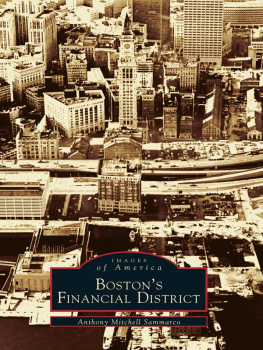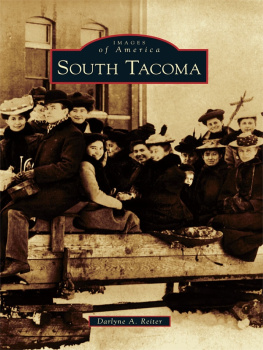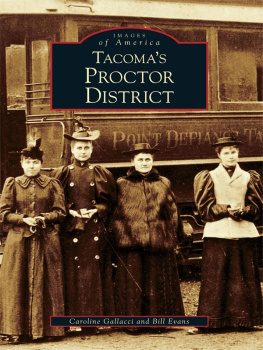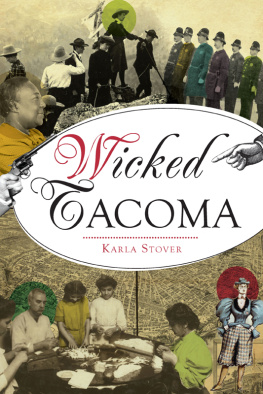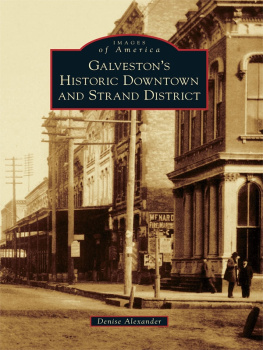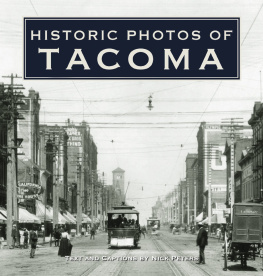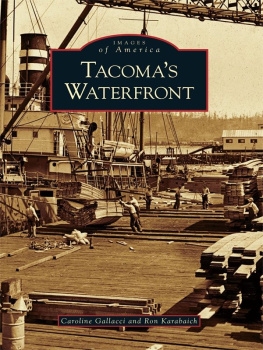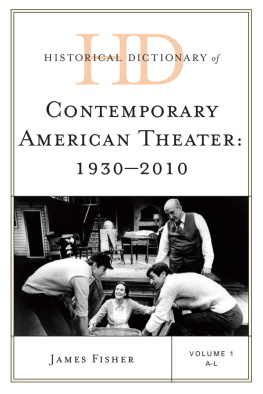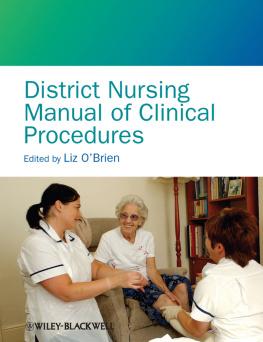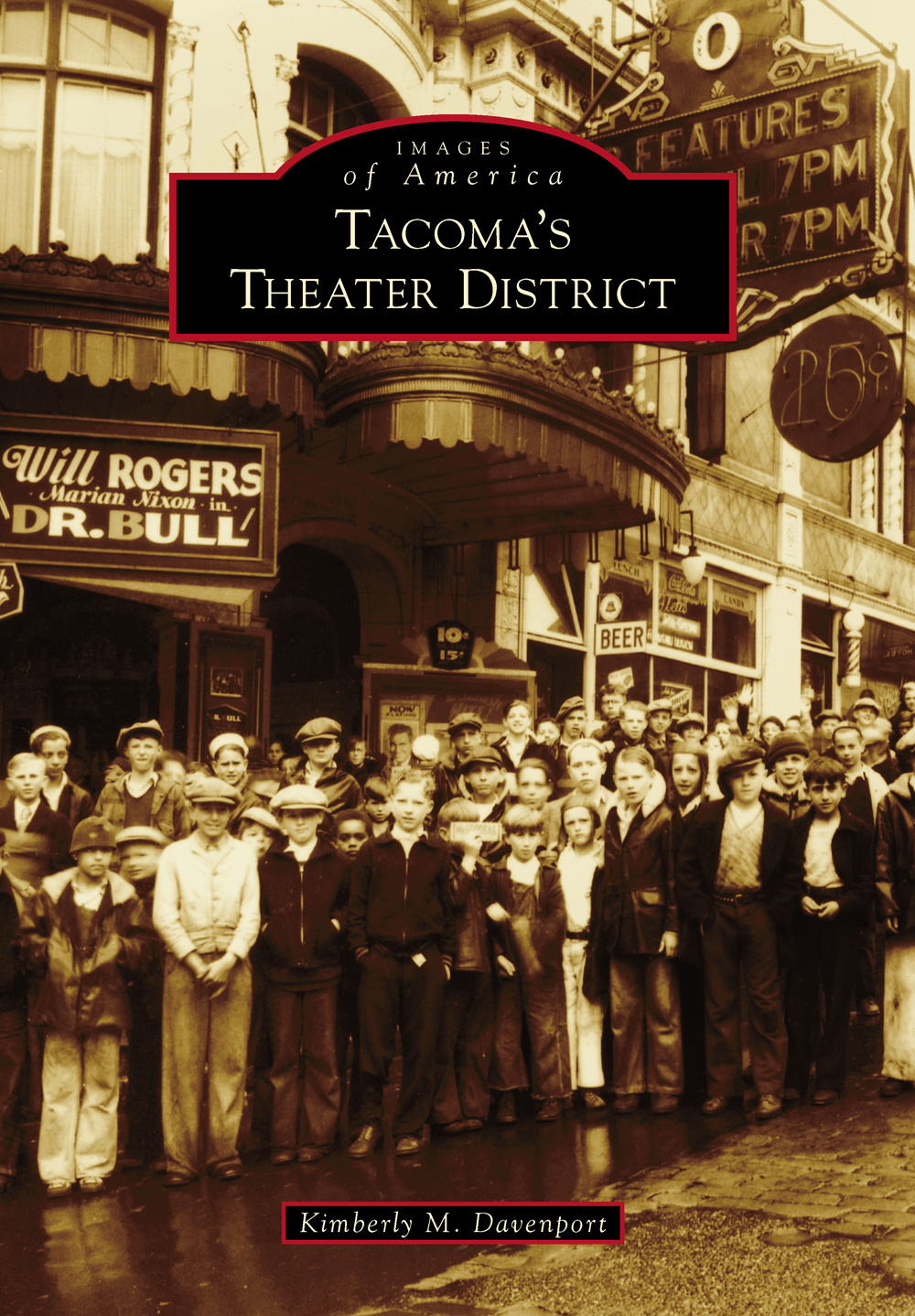
IMAGES
of America
TACOMAS
THEATER DISTRICT
ON THE COVER: On May 20, 1934, hundreds of children line up outside the Rialto Theater to take advantage of a special offer of free admission for Tacomas youth, sponsored by the Tacoma Times and Rialto Theater. The children were treated to the double feature of Parachute Jumper, starring Bette Davis and Douglas Fairbanks, and Dr. Bull, with Will Rogers and Marian Nixon. (Courtesy of the Tacoma Public Library.)
IMAGES
of America
TACOMAS
THEATER DISTRICT
Kimberly M. Davenport

Copyright 2015 by Kimberly M. Davenport
ISBN 978-1-4671-3402-6
Ebook ISBN 9781439653135
Published by Arcadia Publishing
Charleston, South Carolina
Library of Congress Control Number: 2015935344
For all general information, please contact Arcadia Publishing:
Telephone 843-853-2070
Fax 843-853-0044
E-mail
For customer service and orders:
Toll-Free 1-888-313-2665
Visit us on the Internet at www.arcadiapublishing.com
To my father, whose stories of the Tacoma of his youth have nurtured my love of the city and my desire to explore its history
CONTENTS
ACKNOWLEDGMENTS
This project could not have been completed without the personal and professional support and encouragement of many people. First, I thank my parents for their love, support, and guidance. My interest in history and telling stories stems directly from my father. I have always emulated his ability to share important ideas or paint a picture of another time and place through words. My mother provides patience, which I do not possess, offering a willingness to listen to me talk at great length about a topic that excites me and then quietly suggest a brilliant idea that brings it all together.
A sincere thank-you to Jody Gripp of the Northwest Room at the Tacoma Public Library for her support and guidance; Peter Serko and Chip van Gilder for sharing their phenomenal photographs; and Tom Blackwell and the Puget Sound Theater Organ Society for their website, which was of great help in my research, and for sharing some of the photographs featured there. I would also like to thank Max Grinnell for his Arcadia book on Hyde Park, Illinois; not only did it serve as the catalyst to reunite old friends, but it also planted the thought in my mind to pursue an Arcadia project someday. Additional thanks goes to Joe Chynoweth for encouraging me to write, Nicole Blair for her boundless enthusiasm, Dawn Lucien for welcoming me into her home to discuss memories of the efforts to renovate the Pantages Theater, and Michael Sullivan for sharing his ideas and his willingness to serve as a sounding board on issues of local history. Last but certainly not least, a thank-you to my Arcadia editor, Matt Todd, for his prompt responses to my many questions.
INTRODUCTION
Although small in size, Tacomas theater district is rich in history. To share that history is to tell stories of people, individually and collectively; buildings that have stood the test of time and those that live only in memory; and the ever-changing social, urban, and entertainment landscape of the City of Destiny. To share that history through photographs is particularly satisfying, as it helps illustrate both what we have left behind and what remains vibrant in todays Tacoma.
The theater district, for the purposes of this book, is defined as just a few blocks, primarily on Broadway, and centered on the intersection of Broadway with Ninth Street. It was here, where the Tacoma Theater opened in 1890, that a district would coalesce around first the Tacoma and then the Pantages and Rialto Theaters in 1918. Because the latter two venues are still in operation, the history of the theater district spans most of the history of Tacoma itself. And because the area was home to not only theaters, but also a vibrant shopping district and community gathering space, this small area offers us a broad range of stories over many decades.
The explores the beginnings of the district. Even before downtown streets were paved, the population of Tacoma, which began to boom in the 1880s, was eager for theater entertainment. Many early facilities fit the bill, even if just for a short time, and fortunately, a photographic record exists of several of these. The year 1890 saw the opening of the first truly grand theater in the city, the Tacoma Theater; with its largest stage on the west coast, it was designed to be a theater fit for the prominent city Tacomas boosters were sure it would become. Around it, other grand buildingsfrom hotels to churches, office buildings, and other theaterswould gradually rise, solidifying the district as an important entertainment and shopping destination in the city center.
, Golden Age of the Stage, speaks to the era before film became a dominant means of entertainment, when much of the activity in the theaters still involved live performance. From the 1890s through the 1920s and beyond, stages in the theater district were home to vaudeville shows, operas, stage plays, musical acts of all genres, magicians, comedians, and more, as well as early silent films. Even as movies became the primary focus for the theaters, live performances continued.
, The Silver Screen, shares a range of film-related stories. In the mid-1920s, Tacoma had its very own film studio, H.C. Weaver Productions, which released three silent films before succumbing to the success of the new sound era that it was not prepared for. Several local musicians started their performing careers as organists for theaters during the silent era; actors and actresses who were born or raised in Tacoma and went on to success in Hollywood were celebrated each time one of their films appeared at a hometown venue. Theater district businesses took advantage of the appearance of popular films to sell everything from cars to jewelry. Finally, citizens of all ages enjoyed first-run Hollywood films as well as newsreels at venues of varying styles and sizes.
provides a glimpse into the wide range of public gatherings that took place on the streets surrounding the theater venues themselves. From parades to speeches, presidential visits to holiday gatherings, the intersection of Ninth Street and Broadway has long been a vital gathering spot for the people of Tacoma. For more than 50 years, the theater district was home to a vibrant shopping district, with several major department stores and specialty shops. In the early 20th century, it was possible to shop for a car, piano, jewelry, the latest appliances, and clothes for the entire family, all within two blocks of the Pantages Theater.
shares a dramatic story of decline followed by rejuvenation. Beginning in the 1960s, the theater district entered a challenging period. The Tacoma Theater (then the Music Box) was lost to fire in 1963, at the same time that many businesses were leaving downtown in favor of new malls outside of the city center. The next decade would see the demolition of many historic structures, as well as failed attempts to bring people back downtown with new parking garages and pedestrian plazas. Fortunately, the people and government of Tacoma worked together to pull through this difficult era. Remaining historic theaters were restored and reestablished as active venues, once again making the theater district a destination for cultural events. As the Pantages and Rialto Theaters approach their centennial, Tacomas theater district is once again poised to serve as an anchor for a vibrant downtown core.
One
Next page

